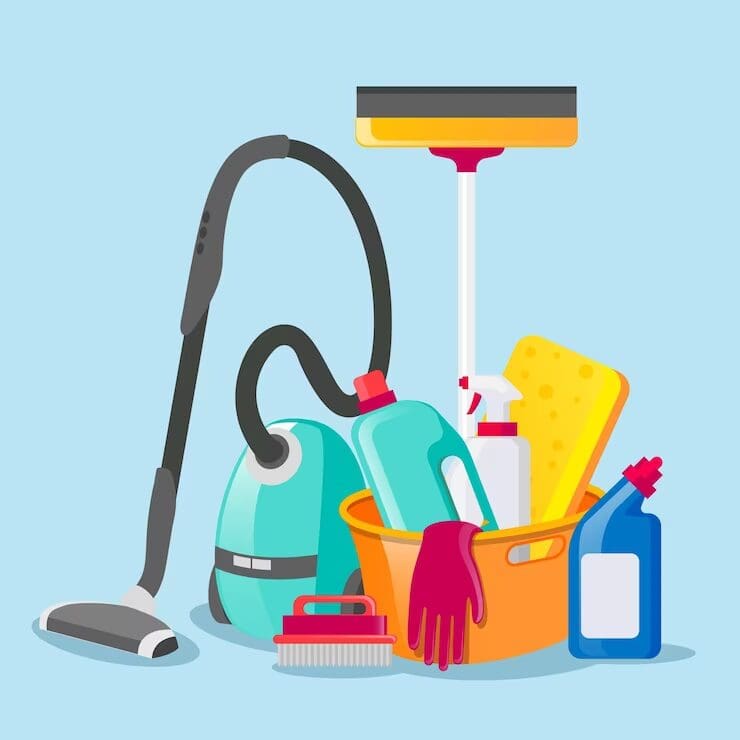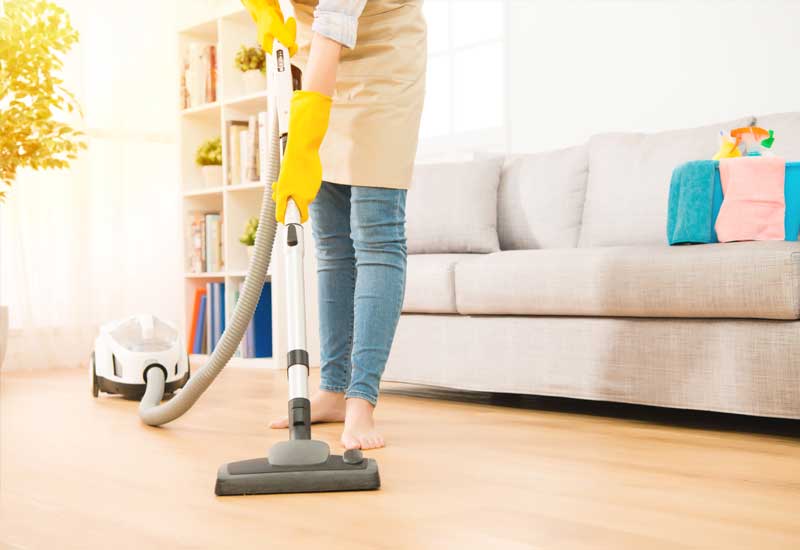Detailed Everyday Cleaning Overview: The Best Way to Scrub the Surfaces, Vacuum Carpets, and Clear Out Any Clutter Efficiently
Comprehending the Demand for Thoroughly Disinfecting and Disinfecting Frequently Touched Surface Areas in High-Traffic Areas
In the realm of public health and security, the meticulous sanitation and sanitization of frequently touched surfaces in high-traffic areas stand as paramount actions in protecting against the spread of hazardous virus. By exploring the different aspects of surface disinfection, from the dangers linked with neglecting cleaning methods to the effective methods that can be utilized, a more clear understanding emerges of the crucial function these methods play in protecting public wellness.
Relevance of Surface Disinfection
Stressing the complete disinfection of high-traffic surface areas is essential in keeping a sanitary atmosphere and protecting against the spread of dangerous pathogens. High-touch surfaces such as door takes care of, light switches, lift buttons, and countertops work as breeding grounds for infections and microorganisms. Routine disinfection of these surface areas is essential to reduce the threat of contamination and transmission of illnesses.
By implementing a robust sanitation method, businesses and organizations can produce a safer setting for site visitors, clients, and employees. Correct surface area sanitation not only mitigates the spread of transmittable diseases however also instills confidence in the sanitation and safety of the premises. This positive technique demonstrates a dedication to health and wellness and wellness, which is specifically essential in high-traffic areas where the chance of direct exposure to microorganisms is increased.
In addition, surface area disinfection plays an important duty in total infection control strategies. Combined with hand hygiene practices, wearing masks, and maintaining physical distancing, complete sanitation of high-touch surfaces creates a thorough protection against the transmission of harmful microorganisms. Prioritizing surface sanitation is an important part of a holistic method to health and wellness in common areas.
Dangers of Ignoring Cleansing Practices
Ignoring extensive sanitation of high-traffic surfaces considerably heightens the risk of viral and microbial contamination, posturing a severe hazard to the health and safety of people often visiting these spaces. Failing to apply appropriate cleaning practices can bring about the buildup and spread of hazardous pathogens, consisting of infections and germs, on frequently touched surface areas such as doorknobs, hand rails, elevator switches, and counter tops.

Furthermore, neglecting the value of extensive cleaning not just compromises the health of individuals yet likewise undermines initiatives to maintain a sanitary and clean setting. It is important to recognize the value of appropriate disinfection procedures in avoiding the spread of infections and safeguarding public wellness.
Efficient Disinfection Approaches
To keep optimal tidiness and minimize the threat of contamination on high-traffic surfaces, employing reliable disinfection methods is vital. One of the most usual and efficient sanitation methods is using chemical anti-bacterials.
Another effective technique is using UV-C light. UV-C light has actually been shown to be efficient in killing a broad variety of microbes by interrupting their DNA structure, thus stopping them from duplicating. However, it is necessary to utilize UV-C light appropriately, guaranteeing that the correct intensity and exposure time are related to achieve the preferred disinfection outcomes.
Additionally, using heavy steam cleaning as a sanitation method can be very efficient, especially on surface areas that are heat-resistant. Steam can pass through permeable surface areas and kill bacteria, infections, and other virus efficiently. When making use of heavy steam cleansing, it is essential to ensure that the surface area reaches the called for temperature for an enough amount of time to assure proper disinfection.
Influence On Public Health And Wellness
The maintenance of high requirements of tidiness and sanitation on high-traffic surface areas plays a crucial role in protecting public health and wellness. Regularly touched surface areas in locations with high footfall, such as doorknobs, handrails, elevator switches, and washroom facilities, serve as reproducing premises for harmful pathogens.
In high-traffic areas like airport terminals, institutions, medical facilities, and public transportation systems, the influence of extensive disinfection actions can not be downplayed. Prioritizing the sanitization of regularly touched surfaces is a proactive technique to promoting public wellness and improving the safety and security of people in shared areas.
Executing Normal Cleaning Up Methods
Immediately setting up and adhering to a regular routine of cleansing protocols is extremely important for preserving the sanitation and safety of high-traffic surface areas. Regular cleansing protocols are necessary in stopping the buildup of germs and microorganisms on regularly touched surfaces, specifically in areas with high foot web traffic. By applying a systematic technique to cleansing, organizations can successfully reduce the danger of condition transmission and create a healthier atmosphere for staff members, customers, and the public.
To develop a reliable cleaning schedule, it is vital to recognize high-traffic areas that need regular focus. These locations might include doorknobs, handrails, elevator switches, bathroom centers, and common equipment. Executing a routine cleaning program that targets these surface areas numerous times a day can significantly decrease the spread of damaging germs and infections.
In addition, making use of appropriate cleansing agents and disinfectants is essential to making sure that surface areas are completely sterilized. Routine training of cleaning up team on appropriate cleansing methods and the relevance of adherence to the YOURURL.com cleansing timetable is additionally essential in keeping a sanitary atmosphere. By prioritizing consistent cleansing procedures, companies can promote the health and well-being of individuals that connect with these high-traffic surface areas.

Verdict
Finally, it is essential to prioritize thorough sanitation and sanitization of often touched surface areas in high-traffic areas to stop the spread of unsafe microorganisms and maintain public wellness. Neglecting proper cleaning practices can increase the risk of contamination and transmission of illness. By executing routine cleaning protocols and using effective disinfection methods, we can create a safer environment for everyone (Scrub the Surfaces). It is necessary to identify the relevance of keeping tidy surfaces in high-traffic areas to ensure the well-being of the community.
In the realm of public health and safety, the thorough sanitation and sanitization of often touched surface areas in high-traffic areas stand as paramount actions in stopping the spread of unsafe virus. By exploring the various aspects of surface sanitation, from the threats associated with ignoring cleansing methods to the efficient approaches that can be used, a more clear understanding emerges of the essential function these practices play in safeguarding public wellness.In addition, using heavy steam cleaning as a disinfection technique can be very efficient, particularly on surfaces that are heat-resistant. read this post here When utilizing heavy steam cleaning, it is essential to make certain that the surface gets to the required temperature level for a sufficient quantity go to website of time to ensure appropriate sanitation.
In final thought, it is critical to focus on comprehensive sanitation and sanitization of often touched surface areas in high-traffic areas to stop the spread of harmful pathogens and maintain public health.